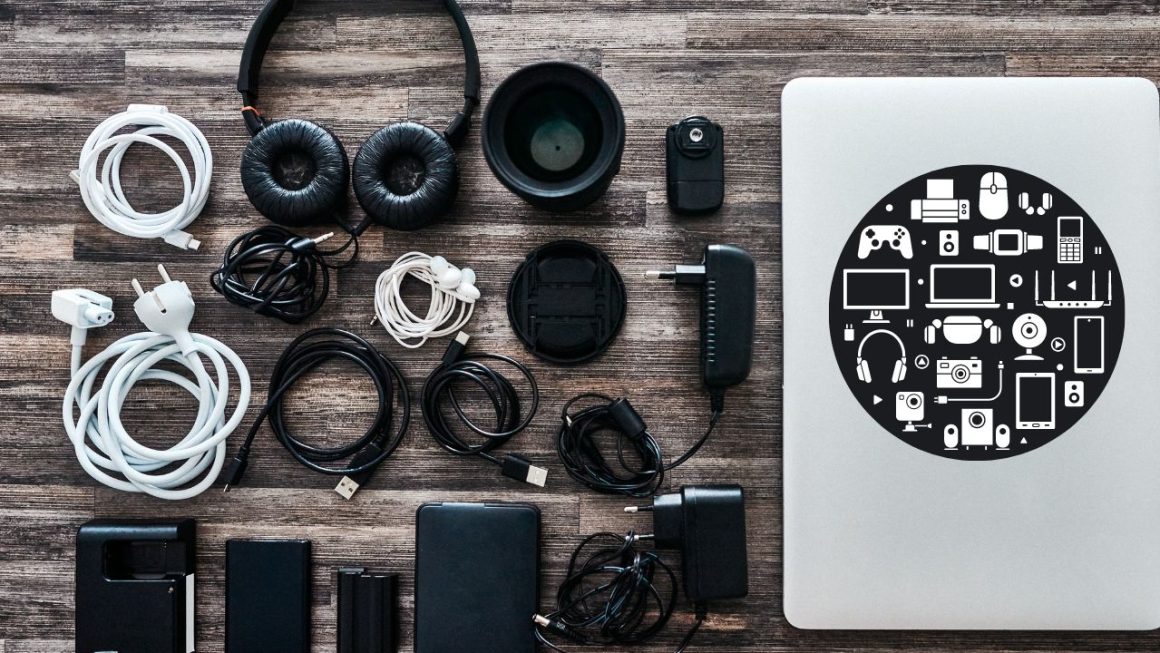Organ transplantation has long been a critical solution for patients with failing organs. However, the demand for organs far surpasses the available supply, leading to extensive waiting lists and, unfortunately, the loss of many lives. Additionally, the process of
transplantation comes with its own set of challenges, including compatibility issues and the risk of rejection.
Introduction to 3D Bioprinting
In recent years, a groundbreaking technology has emerged that promises to revolutionize organ transplantation and tissue engineering: 3D bioprinting. Unlike traditional methods of organ donation, 3D bioprinting offers a unique solution by fabricating biological structures layer by layer using living cells, biomaterials, and bioinks.
Understanding Organ Transplantation
Organ transplantation involves surgically replacing a failing organ with a healthy one from a donor. While this procedure has saved countless lives, it is limited by the availability of donors and the risk of rejection by the recipient’s immune system.
Challenges and Limitations
● Shortage of Donors: The demand for organs far exceeds the supply, leading to long waiting lists and increased mortality rates.
● Compatibility Issues: Finding a suitable donor match can be challenging, increasing the risk of rejection post-transplantation.
● Rejection Risks: The recipient’s immune system may identify the transplanted organ as foreign and initiate an immune response, leading to organ failure.
The Emergence of 3D Bioprinting
3D bioprinting offers a promising alternative to traditional organ transplantation by addressing many of the limitations associated with donor organs.
How it Works
Using advanced imaging techniques, computer-aided design (CAD) software, and biocompatible materials, 3D bioprinters create intricate biological structures layer by layer. These structures can mimic the complexity of natural tissues and organs, offering a tailored solution for each patient.
Advantages of 3D Bioprinting in Organ Transplantation Precision and Customization
One of the key advantages of 3D bioprinting is its ability to create personalized organ models based on the patient’s unique anatomy. This precision ensures a better fit and reduces the risk of rejection post-transplantation.
Reduction of Waiting Lists
By eliminating the reliance on donor organs, 3D bioprinting has the potential to significantly reduce waiting times for patients in need of organ transplantation. This could save countless lives and improve overall healthcare outcomes.
Impact on Tissue Engineering
Beyond organ transplantation, 3D bioprinting has vast implications for tissue engineering and regenerative medicine.
Creation of Complex Structures
3D bioprinters can fabricate complex tissue structures, including blood vessels, skin, and cartilage, with unprecedented accuracy. This opens up new possibilities for repairing and replacing damaged tissues in the body.
Potential Applications
The applications of 3D bioprinting extend beyond medical fields, with potential uses in pharmaceutical research, drug testing, and even food production.
Recent Developments in the Field
In recent years, significant progress has been made in the field of 3D bioprinting, with several successful experiments and breakthroughs.
Success Stories and Breakthroughs
Researchers have successfully bioprinted functional tissues and organs, including miniature hearts, kidneys, and liver tissue. These achievements bring us one step closer to realizing the full potential of 3D bioprinting in healthcare.
Ethical Considerations and Challenges
Despite its promise, 3D bioprinting also raises ethical concerns and presents unique challenges.
Regulation and Safety Concerns
The regulatory landscape surrounding 3D bioprinting is still evolving, with concerns about safety, quality control, and long-term effects on patients’ health.
Access and Equity Issues
The high cost of 3D bioprinting technology could exacerbate existing disparities in access to healthcare, particularly in developing countries. Addressing these issues will be crucial to ensuring equitable distribution and utilization of this technology.
Future Prospects and Possibilities
Looking ahead, the future of 3D bioprinting is filled with possibilities and potential.
Integration with Regenerative Medicine
3D bioprinting could play a central role in the field of regenerative medicine, offering new avenues for tissue repair and regeneration.
Addressing Global Health Challenges
By providing on-demand organs and tissues, 3D bioprinting has the potential to address some of the most pressing global health challenges, including organ shortages and infectious diseases.
Conclusion
In conclusion, 3D bioprinting represents a paradigm shift in the fields of organ transplantation and tissue engineering. With its ability to create personalized, functional tissues and organs, this technology holds the promise of saving lives, improving healthcare outcomes, and advancing medical science.
FAQs (Frequently Asked Questions)
Is 3D bioprinting safe for patients?
● While 3D bioprinting shows immense promise, ensuring its safety for patients remains a top priority for researchers and regulatory bodies. How long does it take to bioprint an organ?
● The time required to bioprint an organ varies depending on its complexity and size. Small tissue constructs may take hours, while larger organs could take days or weeks.
Can 3D bioprinting solve the organ shortage crisis?
● While 3D bioprinting offers a potential solution to organ shortages, widespread implementation and regulatory approval are still needed to address this crisis fully.
What materials are used in 3D bioprinting?
● 3D bioprinting utilizes a variety of biomaterials, including hydrogels, bioinks, and living cells, to create functional tissues and organs. Are there any ethical concerns associated with 3D bioprinting? ● Ethical considerations surrounding 3D bioprinting include issues of consent, equity in access to healthcare, and the commodification of human tissues and organs.



